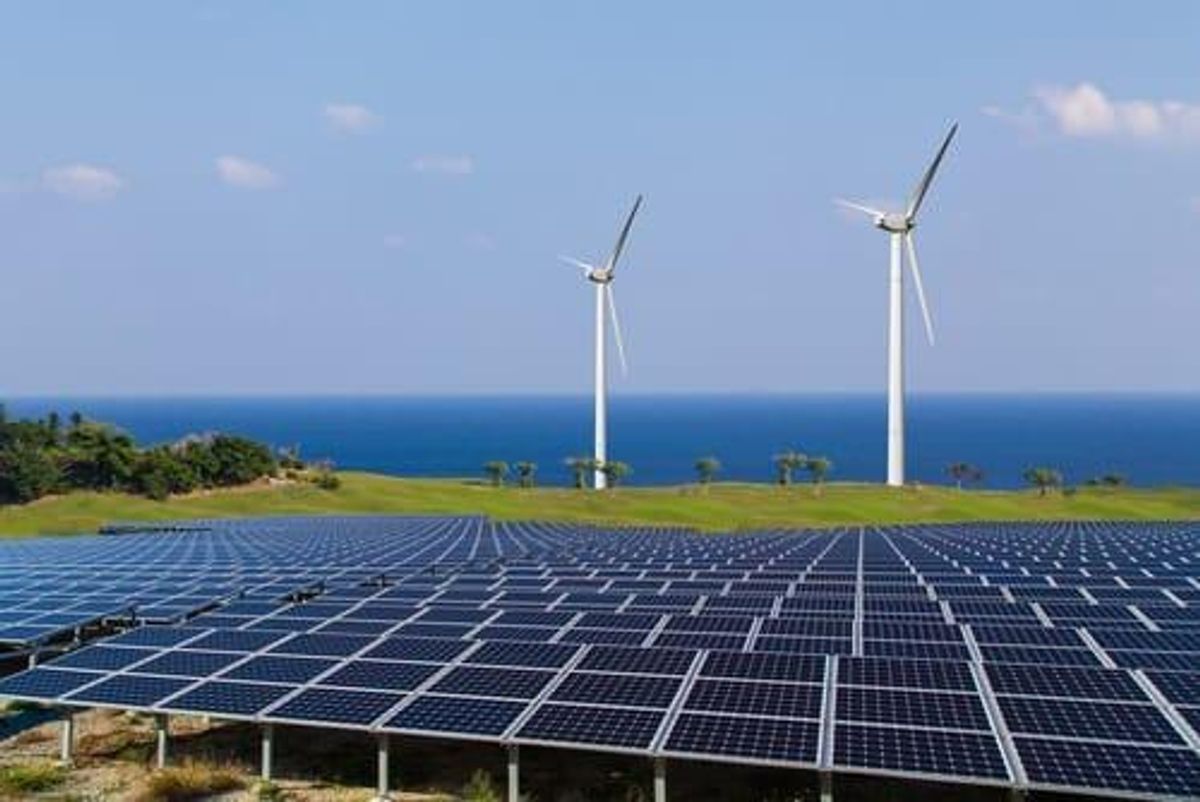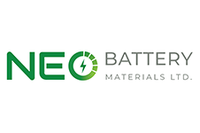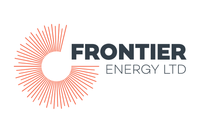Cleantech Trends 2017: Strength in Numbers and Political Uncertainty

It goes without saying the cleantech sector is one of the most important industries today. Here, the Investing News Network takes a look back on some of the year’s biggest trends.
It goes without saying that the cleantech sector is one of the most important industries today and–throughout the year–the industry showed signs of resilience, hope and promise during times of uncertainty.
In the US particularly, the presidential election and a Donald Trump administration presidency posed a variety of concerns for the sector–and it still does–while up in Canada the federal government announced its budget plans for the next five years to support the clean technology sector, putting the Canadian cleantech sector on the path to success.
With 2017 coming to a close, here the Investing News Network (INN) takes a look back on the year the cleantech industry had with commentary from industry experts and companies in the space.
Cleantech trends 2017: Growth in Canada
This year was a transformative year for the Canadian cleantech sector as the federal government announced in early April its budget over the next five years for the clean technology industry, beginning in 2017-2018.
According to the federal budget, some of the highlights include:
- $400 million towards developing and demonstrating “new clean technologies that promote sustainable development” that includes climate change, air quality, clean water and clean soil;
- $200 million over the next four years to Natural Resources Canada, Agriculture and Agri-Food Canada, and Fisheries and Oceans Canada to support clean technology research, development and demonstration and the adoption of clean technology in the natural resource sectors;
- up to $950 million over the next five years going towards clean technology and natural resources including a number of business-led innovation “superclusters” that have potential to accelerate economic growth;
- nearly $1.4 billion in new financing, with $380 million going to equity financing to support clean technology firms, $570 million in capital to support clean technology firms and $450 million in additional project financing .
The growth of cleantech in Canada doesn’t end there, of course. Jean-Francois Nolet, vice president of policy and communications at the Canadian Wind Energy Association (CanWEA) told INN that at the end of 2016, there was a lot of uncertainty in key markets like Ontario and Quebec, but 2017 brought growing opportunities in regions like Alberta and Saskatchewan.
“[This year] was an okay year for [cleantech] but looking forward in 2018 and 2019, it looks quite interesting in Western Canada, mostly in the prairies,” he said.
Nolet also said the electricity factor in Canada is changing a lot, noting that it will change a lot more in the next 5-to-10 years than it did over the last 100 years.
“We see a lot of distributed generation move up solar, for example,” he said. “Storage, batteries, all of that is adding change. It’s a plus for the renewables sector.”
According to an Export Development Canada report called Cleantech Export Stars, a handful of Canadian cleantech companies have shown “amazing potential” in bridging the gap between “domestic and international success in the cleantech industry.”
Its top publicly listed “Cleantech Export Stars” of 2017 include: Hydrogenics (TSX:HYG), a company helping accelerate a global “power shift” for clean technology’s future; and Xebec Adsorption (TSXV:XBC), a provider of gas generation, purification and filtration solutions.
Cleantech trends 2017: Uncertainty in the US
Ever since US president Donald Trump was inaugurated in January of this year, political uncertainty has followed in almost every sector imaginable–and the cleantech industry is no different.
Case in point, in June of this year Trump announced that the US would withdraw from the Paris Climate Agreement, reasoning his “America First” policy and that the administration would attempt renegotiations to “see if there’s a better deal.”
Since then, the US president has stated that he will remove former US president Obama’s declaration of climate change as a national security threat. The announcement, which came on December 18, further implements his “America First” platform, Time Magazine reported, “by propping up American interests in what the president views as a competition with other countries.”
In that regard, 2017 has certainly shaped up to be a volatile year for the cleantech industry in the US. Craig Scott, director of communications at Bion Environmental Technologies (OTCQB:BNET) told INN that the company expected “further progress” on the political side of things, but that its expectations were not correct,” siting that uncertainty from the US election posed many challenges for the sector.
That said, 2017 wasn’t all bad news for the US cleantech market. An M.J. Bradley & Associates report from September indicates that coal-fired power plants are “retiring primarily due to low natural gas prices and flattened demand” while the clean energy sector keeps electric grids reliable.
According to the report, three key findings are responsible for coal’s decline, including:
- increased competition from natural gas, amount to 49 percent of coal’s decline;
- reduced demand for electricity, totaling 26 percent of the decline of goal; and
- increased growth in renewable energy, accounting for 18 percent of the decline
Overall, the report highlights that the US coal generation decline is largely due to coal plants being used less, which still bodes well for the clean energy sector within the country.
Cleantech trends 2017: The race against climate change
While US president Donald Trump has deemed climate change no longer a national security threat, other countries around the world are putting forth their best efforts in fighting climate change.
For example, two countries doing so are Canada and China jointly announced in December the countries will work together to “advance climate action and clean growth” and continuing with their respective commitments under the Paris Agreement.
“Canada and China have a longstanding history of collaboration on the environment and climate change. We’re building on that relationship with the historic joint statement committing our two countries to champion progress on climate change and clean growth internationally and at home. I’m proud that Canada remains a lead partner in the China Council, advising the Chinese government on environmental protection and sustainability,” Catherine McKenna, minister of environment and climate change said in the release.
Cleantech trends 2017: Investor takeaway
While 2017 posed to be challenging in some areas and hopeful in others, there is an overall sense of positivity in the industry, particularly moving forward into 2018. The Canadian cleantech market is on a path to success, which should provide comfort to investors, and, despite a Trump presidency there are plenty of regions in the United States paving the way for success in the sector.
Stay tuned for our cleantech outlook into 2018 and what’s in store for the industry.
Don’t forget to follow us @INN_Technology for real-time news updates!
Securities Disclosure: I, Jocelyn Aspa, hold no direct investment interest in any company mentioned in this article.
Editorial Disclosure: Bion Environmental is a client of the Investing News Network. This article is not paid-for content.
The Investing News Network does not guarantee the accuracy or thoroughness of the information reported in the interviews it conducts. The opinions expressed in these interviews do not reflect the opinions of the Investing News Network and do not constitute investment advice. All readers are encouraged to perform their own due diligence.




